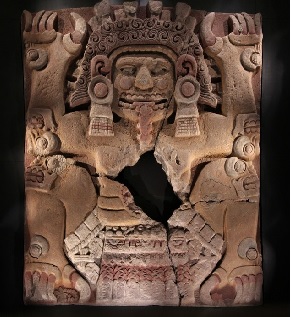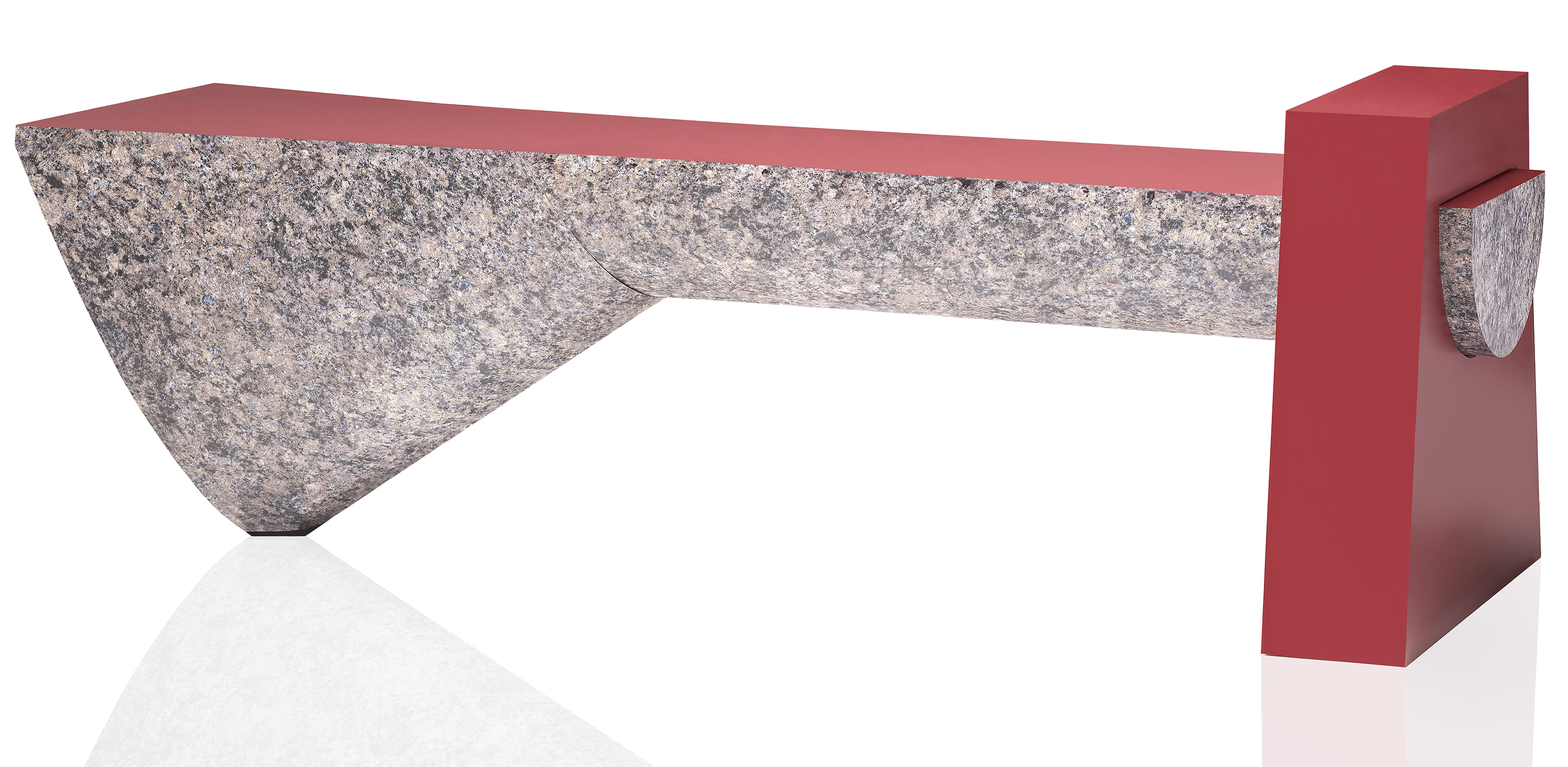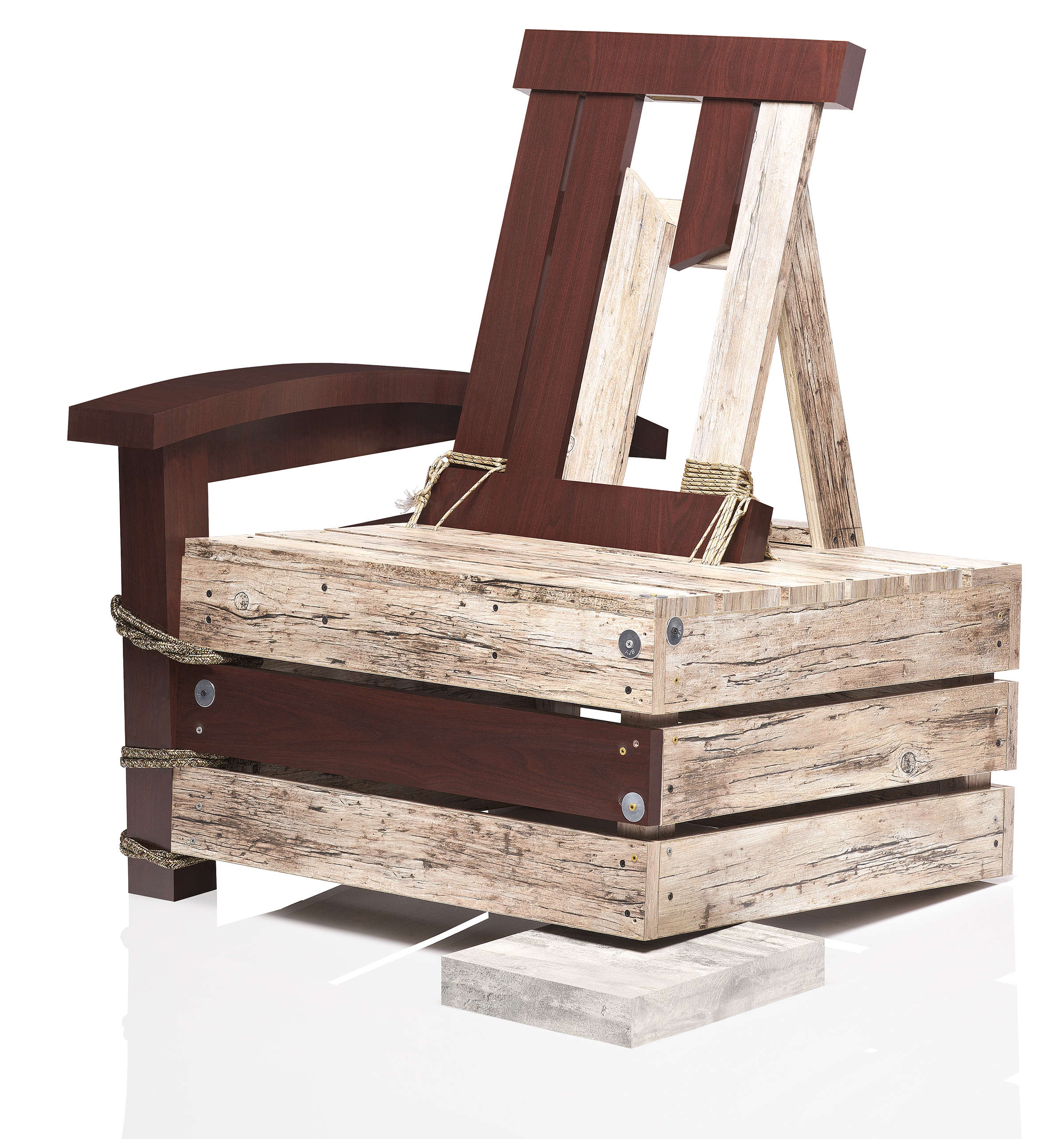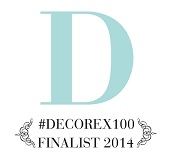ICFF 2017 -- Wilsonart Challenges Student Chair Design Competition
 Wednesday, May 31, 2017 at 3:00AM |
Wednesday, May 31, 2017 at 3:00AM |  Laurie Gorelick Interiors
Laurie Gorelick Interiors Last week, I took a break from my workaday routine to attend with the DesignHounds one of my favorite design trade shows, the International Contemporary Furniture Fair (ICFF) in New York City. A highlight of the show, and a privilege I've had for two years running, is interviewing the winner and runners-up in the Wilsonart Challenges Student Chair Design Competition. Wilsonart, an international leader in engineered surfacing materials ranging from high-pressure laminate to quartz, has sponsored this competition for over twelve years. Partnering with a different design school each year, Wilsonart provides students with a year-long classroom experience in which they tackle furniture design and construction and learn to prepare for a trade show. It's particularly appropriate that the winner and runners-up get to show their creations at ICFF which typically attracts independent artisans and trend-setters at the forefront of contemporary design.
Each year, Wilsonart creates a specific challenge or theme which the students must execute with Wilsonart laminate. This year's theme was "borders, boundaries and mash-up," inspiring the students to explore the extremes posed by their environment, culture and society. Wilsonart partnered with San Diego State University for this 13th annual competition. Given the multicultural influences in San Diego and the topographical disparities, San Diego State was an excellent school choice, and the students rose to the challenge.
 The winning design was titled “A Piece of Tlaltecuhtli” by Matthew John Bacher. Matthew was inspired by The Tlaltecuhtli Monolith (shown left), a giant historical relief he had viewed at the Museo del Templo Mayor in Mexico City. Matthew's chair symbolizes the appropriation and commercialization of cultural artifacts. To Matthew, San Diego is an epicenter for the "borders, boundaries and mash-up" theme as a tourist destination where Hispanic culture is reduced to iconography and merchantable souvenirs. The judges also found his choice of materials --a laminate that mimics real stone -- an apt expression of the theme. Also symbolizing misappropriation is the support Matthew used to prop his design: constructed of MDF and painted white, the support cheapens the artistry of his chair.
The winning design was titled “A Piece of Tlaltecuhtli” by Matthew John Bacher. Matthew was inspired by The Tlaltecuhtli Monolith (shown left), a giant historical relief he had viewed at the Museo del Templo Mayor in Mexico City. Matthew's chair symbolizes the appropriation and commercialization of cultural artifacts. To Matthew, San Diego is an epicenter for the "borders, boundaries and mash-up" theme as a tourist destination where Hispanic culture is reduced to iconography and merchantable souvenirs. The judges also found his choice of materials --a laminate that mimics real stone -- an apt expression of the theme. Also symbolizing misappropriation is the support Matthew used to prop his design: constructed of MDF and painted white, the support cheapens the artistry of his chair.
The winning chair, front and reverse, and its designer, .
Drawing inspiration from the Pacific Ocean at San Diego's doorstep, Anna Karreskog, a visiting student from Sweden, created her chair entitled "Waves."
Anna used blue and wood-toned laminates to represent the colors of sand and sea. The shape of each spline is emblematic of the crest and trough of a single wave. Taken together, the splines represent a series of waves and architecturally symbolize positive and negative space. I found Anna's design culturally significant in a different way than others: its form and construction seemed rooted in the Scandinavian esthetic of her native Sweden.
The chair created by Megan Acera, titled "Joyful Frustration," combined the geometric forms created by acute angles with playful colors to symbolize the range of emotions inherent in the creative process.
I interpreted the convergence of the angles and lines of the wood grain to represent the successful result the designer achieves after much trial and tribulation.
Ricky Lopez, a native of San Diego, designed a bench that symbolizes the reliance of the manmade on the natural world.

The form is an Ionic column, halved and on its side. Support of the column is dependent on the mortised block.
Caselle Reinke was inspired by the San Diego landscape in designing her chair, "Origins."
The colors and organic forms represent the mountains to the east, the ocean to the west and the palms and other vegetation that dot the landscape.
"Home Less Home," created by Chuck Thompson, explores the extreme contrast between San Diego's inhabitants: its luxury homeowners and its homeless population, the fourth largest in the United States.

Its a "mash-up" of forms: a glossy walnut-looking laminate covering remnants of a Morris chair; a raw wood-looking laminate mimicking deconstructed crates; and a concrete-looking laminate base. The designer intended the chair to illustrate both the contrasting demographics of the San Diego populace and the precariousness of financial security: how an unforeseen event such as illness or unemployment can create a path to homelessness. The concrete-looking support props up the chair, demonstrating that available assistance can keep someone from "hitting rock-bottom."







Reader Comments